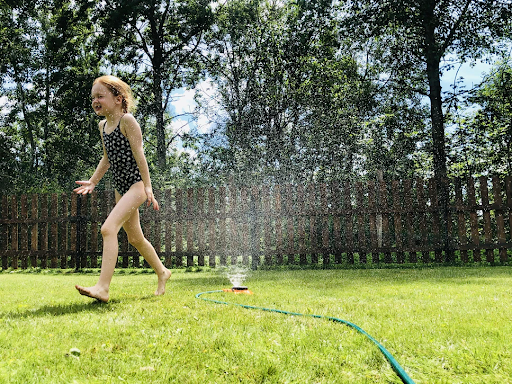If you’re reading this, you likely already know that pest control is crucial for keeping your property safe and healthy. But like many of our customers, you may still have questions about how to make that happen. In this blog post, we’re tackling important and common pest control FAQs that can help you find the best pest control solution.
When is it time to call for pest control services?
A bug here and there inside your Greater St. Louis home or business may not seem like a big deal, but the truth is that it could be a sign of a significant pest problem. Knowing what signs to look out for will alert you that it’s time to call in pest control professionals.
Cockroaches are social insects that live together in colonies, so there will never be just one roach hanging around your house — where there’s one, there are many. They scavenge daily for food and water and like to hide in the dark, sheltered areas of your home.
Ants leave scent trails for others in their colonies to follow, and once you start seeing those trails, you know there’s an infestation. Follow these trails because they’ll lead directly to colonies in and around your home. Do some searching and take note of these colonies because you’ll need to get rid of them eventually.
The first step toward preventing and treating termites is figuring out if you have a problem in the first place. You’ll rarely see a single termite wandering your home. They won’t come out of their underground home unless they’re swarming. Often, homeowners don’t know that there is a termite infestation before irreversible damage has occurred.

What is in-wall pest control and why is it so effective?
In-wall pest control, or in-home tubing systems, are installed during the home building process. Perforated tubing is inserted into a home’s walls as a part of the construction. That tubing is linked to outside treatment ports secured to the home’s exterior walls. A pest control professional activates the in-wall system, injects pesticide solution into the ports, and creates a barrier that keeps pests away.
Pests are called pests because they won’t leave, especially when they have dark, warm spaces — like the spaces inside your walls. You’re likely not reaching into walls or checking them often (or at all) to look for signs of infestation. In-wall pest control keeps pests from moving even further into your home.
Some homeowners aren’t even aware they have an in-wall pest control system, but here’s how to find out: check the outside of your home to see if you have a port box installed about the size of a tissue box mounted to the exterior wall. If you’re unsure what you’re looking for, give us a call, and we’ll take a look to help you determine whether or not you have an in-wall system.

Are there outdoor pest control treatment solutions available?
Because these pests may not be in your line of vision every day, it can be easy to ignore them. Even the most regular landscape maintenance projects are no match for pests. Some of these pests are just plain annoying, but others — like fleas and ticks — can carry dangerous diseases that could infect your pets or family.
The best and most efficient way to prevent your yard and landscaping from pests? Call in the pest control professionals like our team from PestShield. We have regular yard treatments that should be administered monthly to help prevent future breeding cycles of clover mites, fleas, and ticks.
Our outdoor treatments are safe for your kids and pets, and it only takes about an hour to fully dry before you can enjoy your yard again. The process is simple and quick and isn’t an exorbitant cost. We don’t require our clients to sign a contract, which means you aren’t locked into future treatments if they’re not necessary — sometimes one treatment is enough, but those concerned about fleas and ticks should have it done monthly. Do you still have questions about pest control? Don’t hesitate to contact our team or schedule an appointment!
